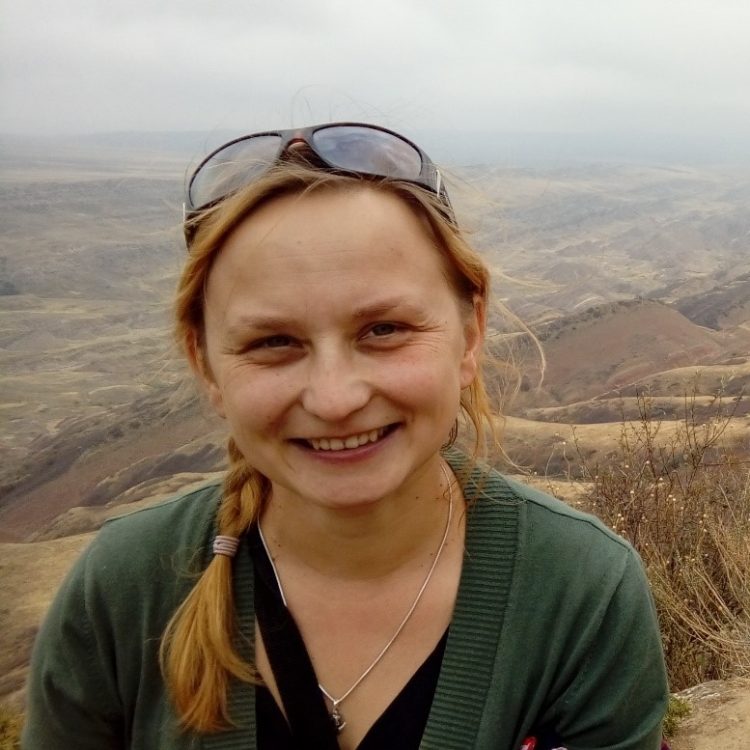The relationship between the landscape characteristics of green spaces and the cultural ecosystem services they provide is at the core of the interest of another HES-GEO research team. Continue reading to know more about it.
What are Cultural Ecosystem Services?
Nature provides a wide range of benefits for people, which are called ecosystem services. They are divided into three groups: provisioning (for example, food and forage or renewable energy resources), regulating (for example, soil erosion protection or pest control), and cultural ecosystem services (for recreational and aesthetic values or inspiration for art and design). Cultural ecosystem services are of nonmaterial character. They are obtained from ecosystems through spiritual enrichment, educational values, reflection, recreation, and aesthetic experiences.
What do we do?
We are seeking the relationship between the landscape characteristics of green spaces and the cultural ecosystem services they provide. We consider different landscape features, e.g., relief, ecosystem type, phenological state, the height of plants or occurrence of human-made objects. We combine different methods such as GIS, social research and statistical analyses. We are conducting an in-depth literature review and a pilot study among green spaces visitors to achieve our goal.
Why it is important?
It is worth highlighting that the significance of green spaces in sustaining the quality of life was appreciated during the crisis caused by COVID-19. Over half of the world’s population lives in the cities. Thus, urban and peri-urban green spaces are crucial providers of cultural ecosystem services. Apart from that, cultural ecosystem services are one of the main reasons for ecosystem conservation. The knowledge on what landscape features enhance specific cultural ecosystem services would allow for the management and conservation of green spaces to increase well-being.
Team Members
Agnieszka Nowak-Olejnik (Team Leader) is a post-doc researcher at the Institute of Geography and Spatial Management, Jagiellonian University, Kraków, Poland. She received a PhD in 2018. Her areas of expertise are landscape ecology and spatial planning. Her research interests concern the relationship between humans and the environment, focusing on ecosystem services and land-use changes. She applies mainly quantitative and GIS methods in her research combining various data sources.

Justyna Liro is a post-doc researcher at the Institute of Geography and Spatial Management, Jagiellonian University, Kraków. She received a PhD in 2018. Her research focuses on behavioural geography, tourism geography, the geography of religion, particularly on contemporary religious tourism, changes in pilgrimage centres, theories of visitors’ motivations and behaviour in the context of the socio-cultural changes in the 20th and 21stc. She pays special attention to the multi-faceted interactions between space-religious and tourist phenomena in research and teaching, using statistical methods and spatial visualization.

Joanna Hibner is a post-doc researcher at the Institute of Geography and Spatial Management, Jagiellonian University, Kraków, Poland. She received a PhD in 2018. Her PhD project focused on issues related to the visitors’ spatial behaviour and their motivations in the mountains areas in close vicinity to the cable cars. Her research interests include the geography of tourism, especially tourism and management of visitors in protected areas, visitors spatial behaviour, visitors’ ecological awareness and landscape perception. She mainly uses social research methods.

Rafał Madej is an MSc student at the Institute of Geography and Spatial Management, Jagiellonian University, Kraków. He graduated from the Wroclaw University of Environmental and Life Sciences with an engineering degree in spatial management. His research interests include human geography, urban planning and GIS.

